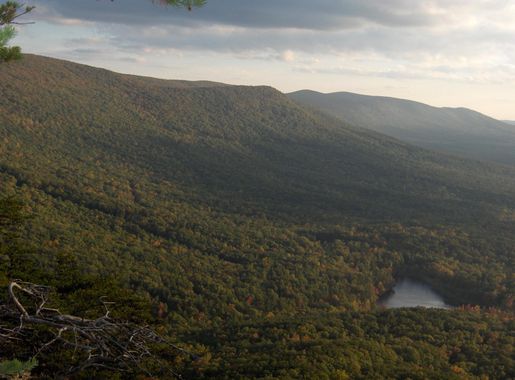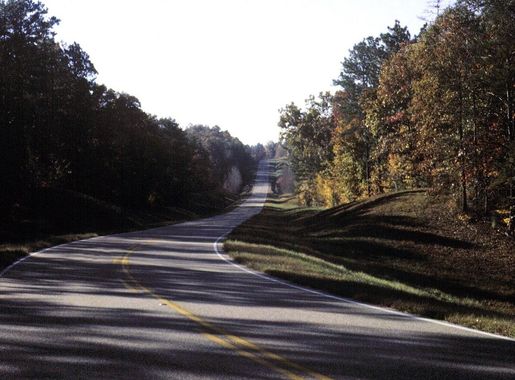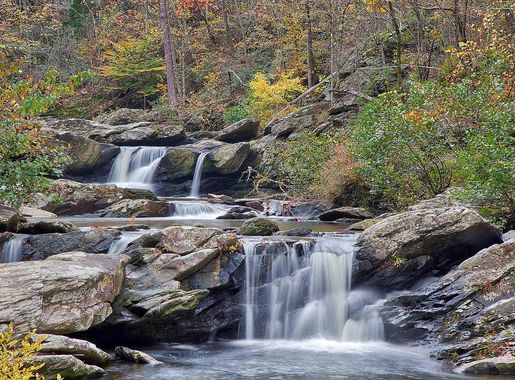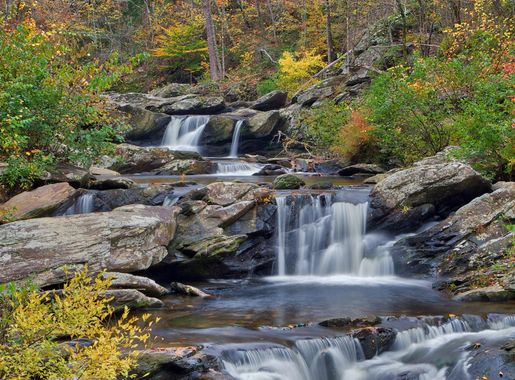
Talladega National Forest: A Natural Sanctuary in Alabama
Explore the natural beauty of Talladega National Forest in Alabama, a vast wilderness offering hiking, camping, and wildlife viewing amidst breathtaking landscapes.
Talladega National Forest, located in Alabama, is a pristine and expansive natural sanctuary that beckons outdoor enthusiasts and nature lovers alike. This forest, which spans over 392,000 acres, is a haven of diverse ecosystems, ranging from lush hardwood forests to serene pine groves. The region is renowned for its scenic beauty, offering breathtaking vistas, cascading waterfalls, and an abundance of wildlife. Visitors can immerse themselves in a multitude of outdoor activities. Hiking trails, such as the popular Pinhoti Trail, provide both challenging and leisurely routes, allowing hikers to explore the forest's diverse landscapes. For those who enjoy camping, the forest offers numerous campgrounds equipped with essential amenities, making it an ideal destination for both seasoned campers and families seeking a weekend retreat. Talladega National Forest is also a paradise for bird watchers and photographers. The forest's rich biodiversity includes a variety of bird species and other wildlife. Additionally, the Cheaha Wilderness, located within the forest, is home to Alabama's highest peak, Cheaha Mountain, offering panoramic views and a sense of tranquility that is hard to find elsewhere. Whether you're seeking adventure or relaxation, Talladega National Forest promises an unforgettable experience in the heart of Alabama.
Local tips in Talladega National Forest
- Check weather forecasts before heading out; conditions can change rapidly.
- Bring plenty of water and snacks, as amenities within the forest are limited.
- Wear sturdy footwear suitable for hiking, as trails can be rugged.
- Visit during the fall for stunning foliage and cooler temperatures.
- Respect wildlife and maintain a safe distance; never feed animals.
- Consider camping in designated areas to minimize your environmental impact.
Talladega National Forest: A Natural Sanctuary in Alabama
Talladega National Forest, located in Alabama, is a pristine and expansive natural sanctuary that beckons outdoor enthusiasts and nature lovers alike. This forest, which spans over 392,000 acres, is a haven of diverse ecosystems, ranging from lush hardwood forests to serene pine groves. The region is renowned for its scenic beauty, offering breathtaking vistas, cascading waterfalls, and an abundance of wildlife. Visitors can immerse themselves in a multitude of outdoor activities. Hiking trails, such as the popular Pinhoti Trail, provide both challenging and leisurely routes, allowing hikers to explore the forest's diverse landscapes. For those who enjoy camping, the forest offers numerous campgrounds equipped with essential amenities, making it an ideal destination for both seasoned campers and families seeking a weekend retreat. Talladega National Forest is also a paradise for bird watchers and photographers. The forest's rich biodiversity includes a variety of bird species and other wildlife. Additionally, the Cheaha Wilderness, located within the forest, is home to Alabama's highest peak, Cheaha Mountain, offering panoramic views and a sense of tranquility that is hard to find elsewhere. Whether you're seeking adventure or relaxation, Talladega National Forest promises an unforgettable experience in the heart of Alabama.
When is the best time to go to Talladega National Forest?
Iconic landmarks you can’t miss
Cheaha State Park
Explore Cheaha State Park: Alabama's highest point offering stunning views, diverse wildlife, and endless outdoor adventures in Talladega National Forest.
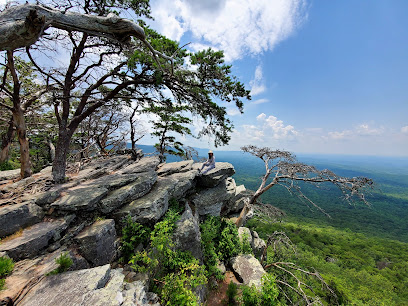
Majestic Caverns
Explore the stunning underground beauty of Majestic Caverns, a historical gem in Alabama featuring breathtaking rock formations and rich geological history.
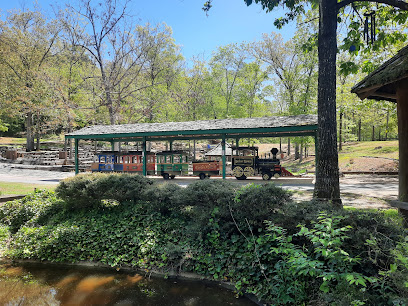
Rickwood Caverns State Park
Explore the enchanting underground world and scenic beauty of Rickwood Caverns State Park in Alabama, a perfect destination for nature lovers and adventure seekers.
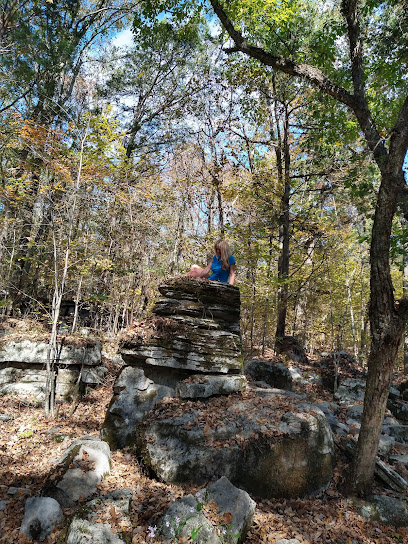
International Motorsports Hall of Fame
Discover the thrill of motorsports at the International Motorsports Hall of Fame, where history and speed collide in Lincoln, Alabama.

Kymulga Grist Mill Park
Experience the rich history and natural beauty of Kymulga Grist Mill Park, a perfect destination for families and history lovers in Alabama.

Top Trails OHV Park
Discover the thrill of off-roading at Top Trails OHV Park in Talladega, Alabama - a paradise for adventure lovers and outdoor enthusiasts alike.
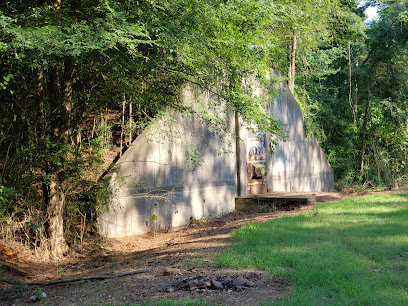
Cheaha Scenic Lookout
Discover breathtaking vistas and natural beauty at Cheaha Scenic Lookout, the highest point in Alabama, nestled in the Talladega National Forest.
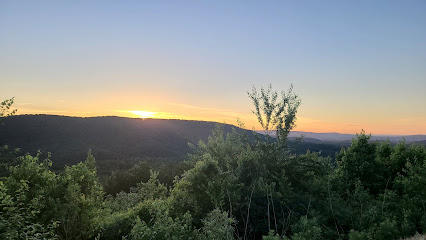
Talladega Creekside Resort
Experience the natural beauty and adventure at Talladega Creekside Resort, your perfect camping destination in Alabama.

Devil's Den Falls
Unwind at Devil's Den Falls, a breathtaking waterfall in Lineville, Alabama, where tranquility and nature converge in a stunning landscape.
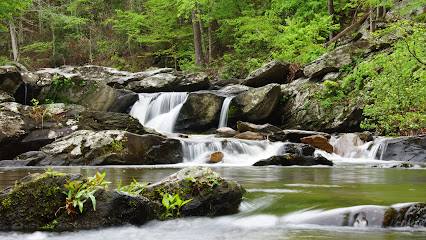
Smith Mountain Fire Tower
Discover the serene beauty of Smith Mountain Fire Tower in Jacksons' Gap, Alabama, with stunning views of Lake Martin and lush landscapes.
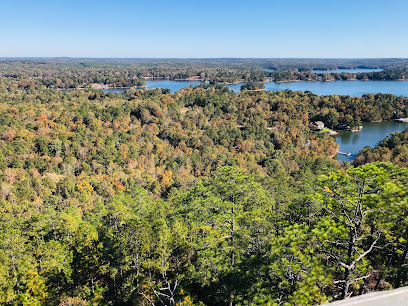
CMP Talladega Marksmanship Park
Experience the thrill of shooting at CMP Talladega Marksmanship Park, where adventure meets precision in a stunning Alabama setting.
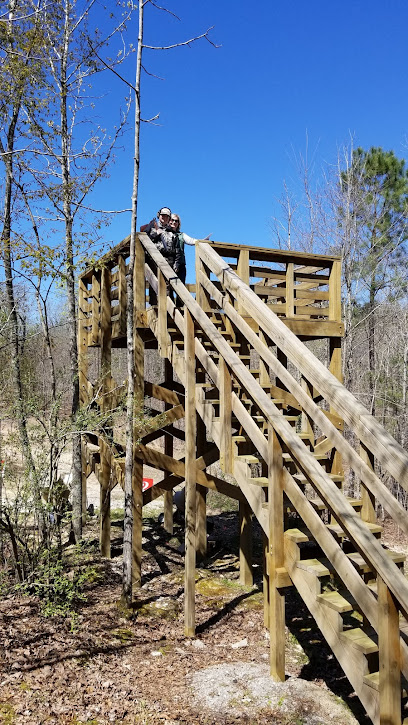
Cheaha Falls
Discover the natural beauty of Cheaha Falls in Alabama, an ideal destination for hiking, swimming, and immersing yourself in the tranquility of nature.
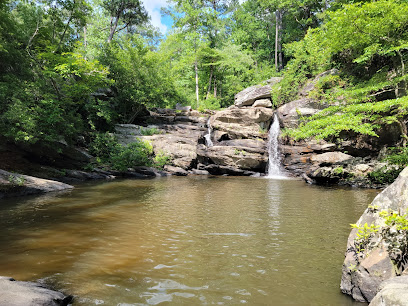
Tuskegee Institute National Historic Site
Explore the Tuskegee Institute National Historic Site, a symbol of African American education and empowerment in Alabama's rich history.
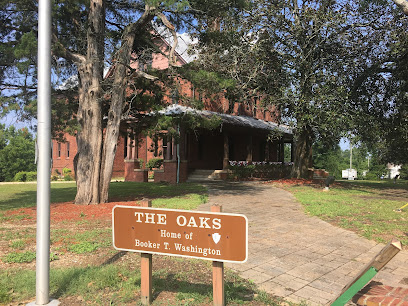
High Falls Trail Head
Explore the breathtaking High Falls Trail Head in Alabama's Talladega National Forest, where stunning scenery and outdoor adventure await.
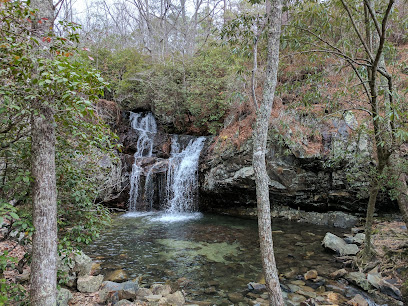
Flagg Mountain
Experience breathtaking views and serene hiking trails at Flagg Mountain, a premier tourist attraction in Sylacauga, Alabama.
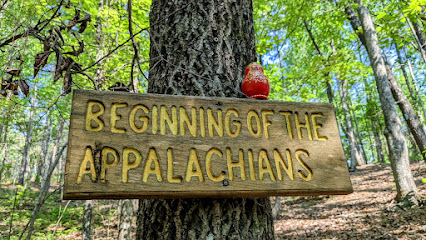
Unmissable attractions to see
Devil's Den Falls
Discover the breathtaking beauty of Devil's Den Falls in Alabama, where nature's serenity meets adventure in a stunning outdoor setting.
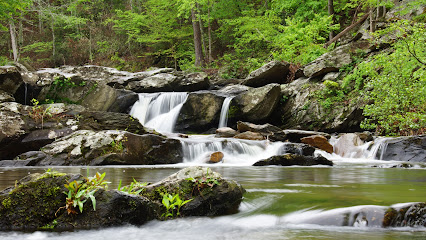
Tuskegee National Forest
Explore Tuskegee National Forest, Alabama: a serene escape for hiking, fishing, and wildlife observation amidst nature's splendor.
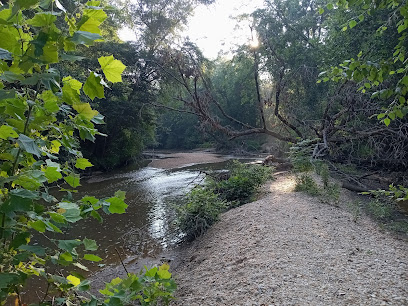
Talladega National Forest Mann Camp
Discover the lush landscapes and outdoor adventures of Talladega National Forest Mann Camp, a natural wonderland in Alabama perfect for all nature lovers.
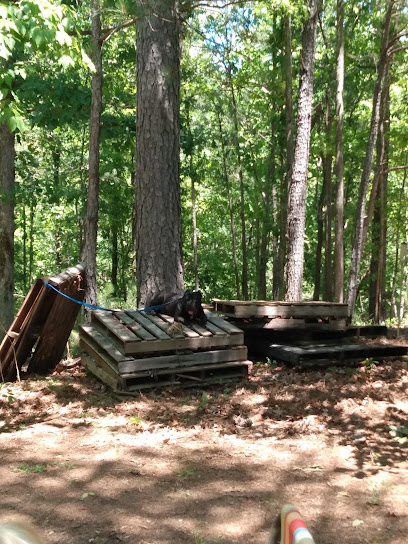
Talladega Ranger District
Discover the stunning beauty and outdoor adventures of the Talladega Ranger District in Alabama, a true paradise for nature lovers and explorers.
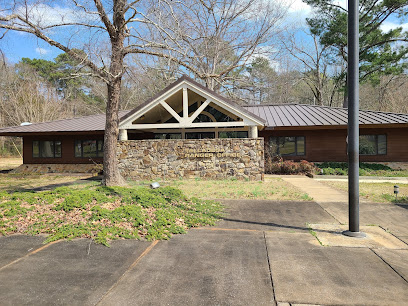
Essential places to dine
Stampede Steakhouse
Discover Talladega's premier steakhouse featuring mouthwatering cuts of meat in a cozy atmosphere perfect for gatherings.

The Back Porch
Experience delightful American cuisine at The Back Porch in Talladega – where great food meets breathtaking lakeside views.
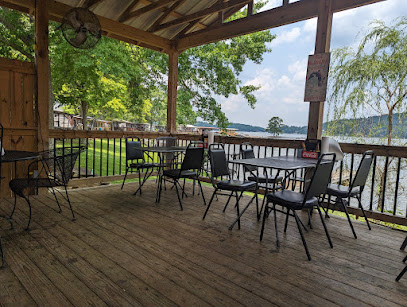
Shack BBQ
Discover Shack BBQ: Where authentic Southern barbecue meets delicious flavors in Talladega, Alabama.
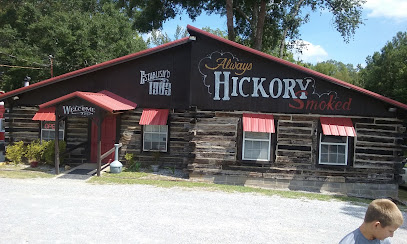
The Broiler Room
Experience a taste of America at The Broiler Room - where hearty breakfasts meet warm hospitality in Lincoln, Alabama.
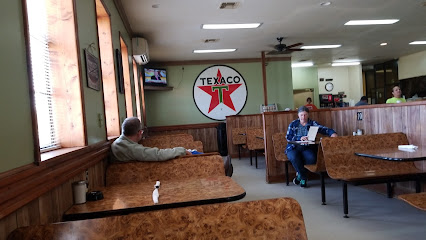
Matehuala Mexican Restaurant
Discover authentic Mexican cuisine at Matehuala Mexican Restaurant in Talladega - where flavor meets hospitality.
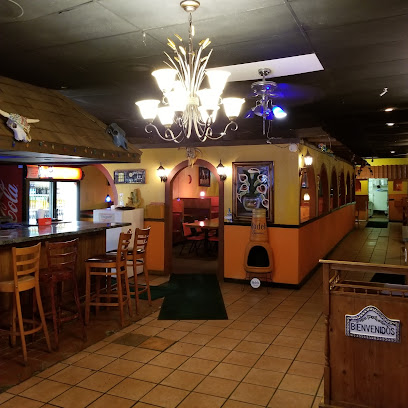
Buddy's BBQ
Experience authentic Southern barbecue at Buddy's BBQ in Talladega – where smoky flavors meet warm hospitality.
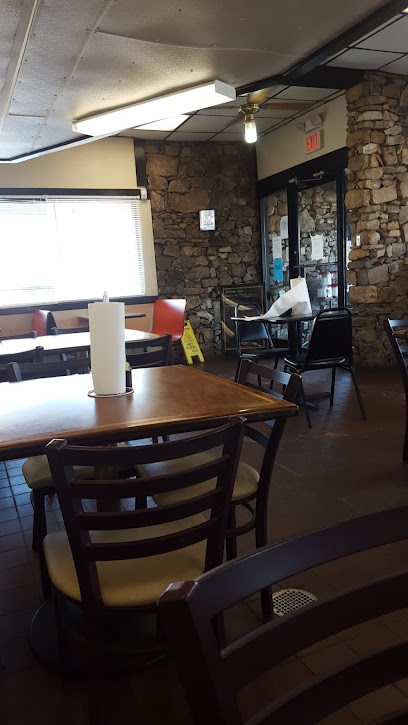
T Town Wings
Discover Talladega's hidden gem for chicken wings at T Town Wings—where flavor meets affordability in a casual dining experience.
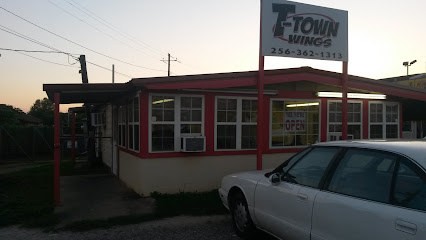
Campbells BBQ
Experience the best Southern barbecue at Campbells BBQ in Talladega - where smoky flavors meet Southern hospitality.
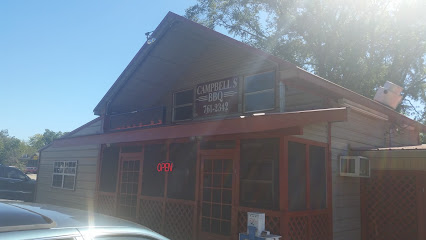
The Cotton Patch
Discover Southern hospitality at The Cotton Patch in Talladega – where delicious American cuisine meets a warm and inviting atmosphere.

Markets, malls and hidden boutiques
Walmart Supercenter
Discover the convenience of Walmart Supercenter in Sylacauga, your go-to destination for groceries, electronics, and unique local products.

Angel's Antiques & Flea Mall
Explore the charm of Angel's Antiques & Flea Mall in Opelika, Alabama - a vintage lover's paradise filled with unique treasures and local crafts.

Dirt Cheap
Discover unbeatable deals at Dirt Cheap in Anniston, Alabama, where every shopping trip is a treasure hunt for amazing bargains.

Pop The Top Soda Shop
Discover the sweet taste of nostalgia at Pop The Top Soda Shop, Talladega's favorite ice cream haven with a variety of delightful flavors.

bealls
Explore Bealls in Pell City for an exceptional shopping experience with diverse clothing, accessories, and home goods for all ages.

Holiday Inn Express & Suites Talladega, an IHG Hotel
Stay at Holiday Inn Express & Suites Talladega for modern comfort and easy access to local attractions in Alabama.
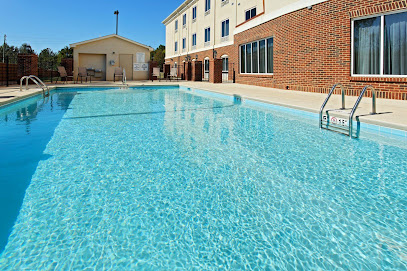
Subway
Experience fresh, customizable sandwiches and salads at Subway in Talladega, Alabama—perfect for a quick and nutritious meal.

Super 8 by Wyndham Talladega AL
Discover the perfect blend of comfort and convenience at Super 8 by Wyndham Talladega, your gateway to Alabama's attractions.
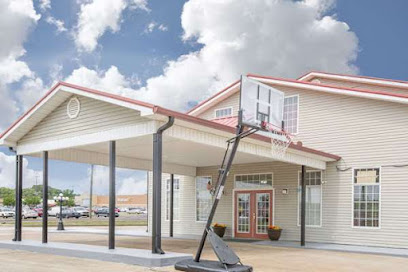
Cheaha State Park Store
Discover the majestic views and outdoor adventures at Cheaha State Park Store, Alabama's highest point, perfect for nature lovers and explorers.
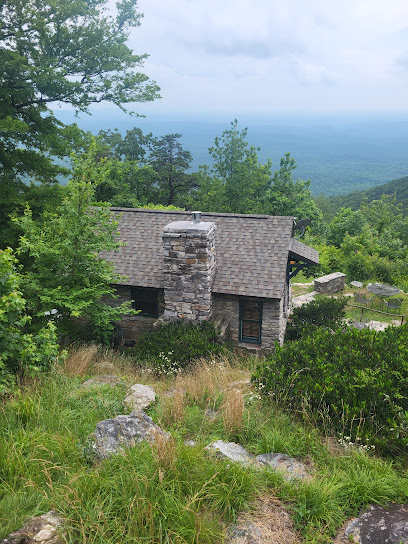
Talladega Ace Home Center
Explore Talladega Ace Home Center for all your building materials, tools, and home improvement needs in Alabama's heartland.
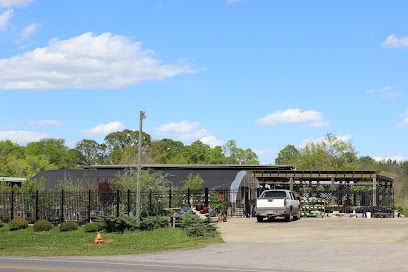
Griffins Jewelers
Explore the exquisite collection at Griffins Jewelers in Talladega, Alabama, where elegance meets Southern hospitality in fine jewelry shopping.

Michael's Men's Wear
Elevate your style at Michael's Men's Wear in Talladega, where quality meets fashion in a welcoming shopping environment.

Citi Trends
Discover trendy fashion and unbeatable deals at Citi Trends in Talladega, where style meets affordability for everyone in the family.

Factory Connection
Shop stylish clothing and accessories at Factory Connection in Pell City, Alabama, where affordability meets fashion for the whole family.

Collector's Showcase
Explore Collector's Showcase in Pell City, Alabama—a treasure trove of antiques and collectibles that tell stories of the past.
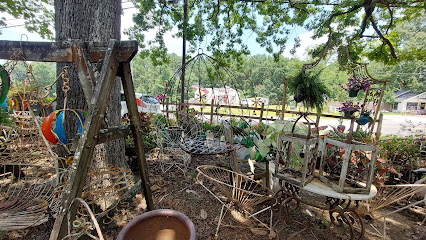
Essential bars & hidden hideouts
Subway
Discover the fresh taste of Subway in Talladega, Alabama, where customizable sandwiches and quick service meet affordability and flavor.

Super 8 by Wyndham Talladega AL
Experience comfort and affordability at Super 8 by Wyndham Talladega, your gateway to Alabama's rich culture and exciting attractions.
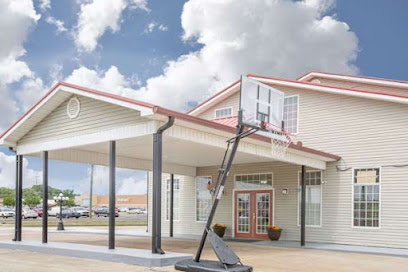
Local Phrases about Talladega National Forest
-
- HelloHey y'all
[hey y'all] - GoodbyeSee ya later
[see ya later] - YesYessir
[yes-sir] - NoNah
[nah] - Please/You're welcomePlease/You're welcome
[Please/You're welcome] - Thank youThank ya kindly
[thank ya kine-lee] - Excuse me/SorryPardon me
[pahr-dn me] - How are you?How y'all doin'?
[how y'all doin'] - Fine. And you?Fine. And you?
[Fine. And you?] - Do you speak English?Y'all speak English?
[y'all speak English?] - I don't understandI ain't catchin' on
[I ain't catchin' on]
- HelloHey y'all
-
- I'd like to see the menu, pleaseCan I see the menu, please
[Can I see the menu, please] - I don't eat meatI don't eat meat
[I don't eat meat] - Cheers!Cheers!
[Cheers!] - I would like to pay, pleaseI'd like to pay, please
[I'd like to pay, please]
- I'd like to see the menu, pleaseCan I see the menu, please
-
- Help!Help!
[Help!] - Go away!Get outta here!
[Get outta here!] - Call the Police!Call the Sheriff!
[Call the Sheriff!] - Call a doctor!Call a doc!
[Call a doc!] - I'm lostI'm lost
[I'm lost] - I'm illI'm feelin' bad
[I'm feelin' bad]
- Help!Help!
-
- I'd like to buy...I wanna buy...
[I wanna buy...] - I'm just lookingI'm just lookin'
[I'm just lookin'] - How much is it?How much it cost?
[How much it cost?] - That's too expensiveThat's too much
[That's too much] - Can you lower the price?Can ya give me a deal?
[Can ya give me a deal?]
- I'd like to buy...I wanna buy...
-
- What time is it?What time is it?
[What time is it?] - It's one o'clockIt's one o'clock
[It's one o'clock] - Half past (10)Half past (10)
[Half past (10)] - MorningMornin'
[Mornin'] - AfternoonAfternoon
[Afternoon] - EveningEvenin'
[Evenin'] - YesterdayYest'day
[Yest'day] - TodayToday
[Today] - TomorrowTomorra
[Tomorra] - 1One
[One] - 2Two
[Two] - 3Three
[Three] - 4Four
[Four] - 5Five
[Five] - 6Six
[Six] - 7Seven
[Seven] - 8Eight
[Eight] - 9Nine
[Nine] - 10Ten
[Ten]
- What time is it?What time is it?
-
- Where's a/the...?Where's the...?
[Where's the...?] - What's the address?What's the address?
[What's the address?] - Can you show me (on the map)?Can you show me (on the map)?
[Can you show me (on the map)?] - When's the next (bus)?When's the next (bus)?
[When's the next (bus)?] - A ticket (to ....)A ticket (to ....)
[A ticket (to ....)]
- Where's a/the...?Where's the...?
History of Talladega National Forest
-
Long before European settlers arrived, the area now known as Talladega National Forest was home to various Native American tribes, including the Creek and Cherokee. These tribes utilized the rich resources of the forest for hunting, gathering, and shelter. The forest played a crucial role in their daily lives and cultural practices, with sacred sites and trails that are still revered today.
-
In 1540, Spanish explorer Hernando de Soto and his expedition passed through the area on their quest for gold and riches. This early contact between Europeans and Native Americans marked a significant turning point in the history of the region. De Soto's journey through the area was fraught with challenges and conflict, leaving a lasting impact on the indigenous communities.
-
The early 19th century saw the onset of the Creek War (1813-1814), a conflict between Creek Indians and American settlers. The Battle of Talladega, fought in 1813, was a pivotal moment during this war. Following the conflict, the Indian Removal Act of 1830 led to the forced relocation of Native American tribes, including those from the Talladega area, to lands west of the Mississippi River along the Trail of Tears.
-
During the Great Depression in the 1930s, the Civilian Conservation Corps (CCC) played a vital role in the development of Talladega National Forest. The CCC was a public work relief program that provided jobs for young men and helped to conserve natural resources. They built roads, trails, fire towers, and recreational facilities, many of which are still in use today. Their efforts were instrumental in transforming the area into a protected national forest.
-
Talladega National Forest was officially established in 1936 as part of the U.S. government's efforts to conserve natural resources and provide public recreational opportunities. The forest spans approximately 392,567 acres and is divided into the Talladega and Shoal Creek Ranger Districts. Its creation marked a significant step toward preserving the diverse ecosystems and rich biodiversity of the region.
-
The Talladega area, like much of Alabama, played a role in the Civil Rights Movement during the 1950s and 1960s. The forest provided a backdrop for various activities, including meetings and gatherings of civil rights activists. The struggle for equality and justice left an indelible mark on the region, influencing its cultural and social landscape.
-
In recent decades, Talladega National Forest has been the focus of numerous conservation and restoration efforts. These initiatives aim to protect the forest's unique ecosystems, including its diverse plant and animal species. Collaborative efforts between government agencies, local communities, and environmental organizations have helped ensure the forest remains a vital natural resource for future generations.
Talladega National Forest Essentials
-
Talladega National Forest is located in east-central Alabama. The nearest major airport is Birmingham-Shuttlesworth International Airport (BHM), approximately 60 miles away. From Birmingham, you can rent a car or take a shuttle service to reach the forest. Alternatively, Montgomery Regional Airport (MGM) is about 85 miles from the forest. Driving is the most convenient way to reach Talladega National Forest, as public transportation options are limited.
-
Within Talladega National Forest, the best way to get around is by car. Several trailheads, campsites, and scenic spots are accessible via well-maintained roads. For those who enjoy cycling, some trails are suitable for mountain biking. There are no public transportation services operating within the forest itself, so renting a car or bringing your own vehicle is highly recommended.
-
The official currency in the United States is the US Dollar (USD). Credit cards are widely accepted in nearby towns and at major service areas within the forest. However, it is advisable to carry some cash, especially when visiting more remote areas where card payment facilities may not be available. ATMs can be found in nearby towns such as Talladega and Heflin.
-
Talladega National Forest is generally a safe destination for tourists. However, it is always advisable to take standard precautions. Avoid leaving valuables in your car and be aware of your surroundings. Certain areas, particularly in nearby urban neighborhoods, may have higher crime rates. It's best to stay in well-known and well-traveled areas, especially after dark. Wildlife encounters are also possible, so familiarize yourself with safety guidelines for interacting with animals.
-
In case of an emergency, dial 911 for immediate assistance. Cell phone coverage can be spotty in remote areas of the forest, so it's wise to carry a map and let someone know your itinerary. The nearest hospitals are in Talladega and Anniston. It's recommended to have travel insurance that covers medical emergencies. For minor health issues, bring a first-aid kit and any necessary medications.
-
Fashion: Do wear comfortable, weather-appropriate clothing and sturdy hiking boots. Avoid wearing overly revealing clothing. Religion: Do respect any local customs you may encounter, though the area is not particularly known for religious sites. Public Transport: Public transportation is not available within the forest, so plan to drive or cycle. Greetings: Do greet people with a friendly 'hello' or 'hi.' Southerners are known for their hospitality. Eating & Drinking: Do carry your own food and water, especially if you're venturing far from main roads. Don't litter; always pack out what you pack in.
-
To experience Talladega National Forest like a local, visit during the fall when the foliage is at its peak. Make sure to hike the Pinhoti Trail for breathtaking views. Engage with locals at nearby small towns and enjoy Southern hospitality. Try to catch a race at the Talladega Superspeedway if you're visiting during an event. Additionally, check out the Cheaha State Park within the forest, home to the highest point in Alabama.
Trending Landmarks in Talladega National Forest
-
Cheaha State Park
-
Majestic Caverns
-
Rickwood Caverns State Park
-
International Motorsports Hall of Fame
-
Kymulga Grist Mill Park
-
Top Trails OHV Park
-
Cheaha Scenic Lookout
-
Talladega Creekside Resort
-
Devil's Den Falls
-
Smith Mountain Fire Tower
-
CMP Talladega Marksmanship Park
-
Cheaha Falls
-
Tuskegee Institute National Historic Site
-
High Falls Trail Head
-
Flagg Mountain
Nearby Cities to Talladega National Forest
-
Things To Do in Tuscaloosa
-
Things To Do in Prattville
-
Things To Do in Montgomery
-
Things To Do in Cullman
-
Things To Do in Opelika
-
Things To Do in Gadsden
-
Things To Do in Meridian
-
Things To Do in Starkville
-
Things To Do in Huntsville
-
Things To Do in Tupelo
-
Things To Do in Dothan
-
Things To Do in Mobile
-
Things To Do in Daphne
-
Things To Do in Petaluma
-
Things To Do in Pensacola

